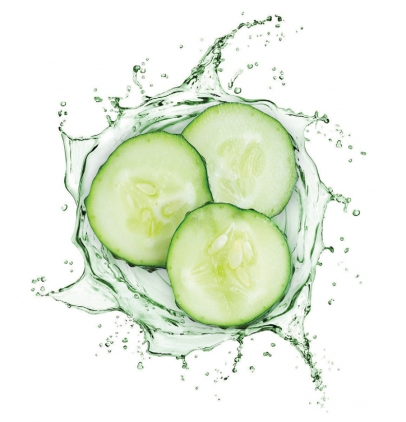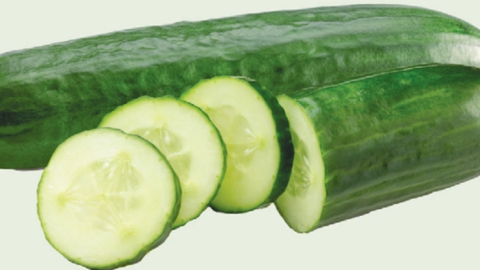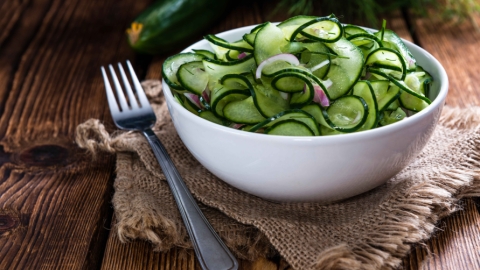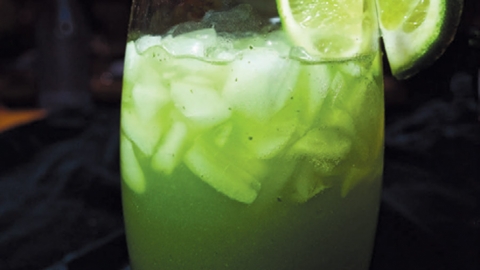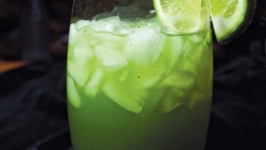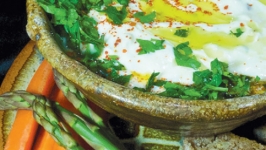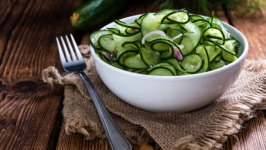Refresh, Rehydrate, Restore: Cucumbers Have Always Been Cool
Cucumbers have been cultivated, planted and bred for more pleasing and more edible characteristics for 5,000 years. They are one of the earliest domesticated crops. Wild relatives of the domesticated cucumber (Cucumis sativus) grow all over the world, even here in the Southwest deserts. Those wild relatives are prickly, hard-shelled, seedy and oh so very bitter. Over millennia this plant family has been domesticated and selectively bred to become watermelons, zucchinis, pumpkins, gourds and, of course, cucumbers.
In the lower Himalaya region of India you can still find the closest ancestor to our familiar cucumbers, Cucumis hystrix (hystrix is New Latin for porcupine). From India the seeds of this plant were traded, planted and adapted to ancient China, Greece, Egypt and Rome.
The second Roman emperor, Tiberius (42 BC—37 AD), demanded they be on his table year-round. According to Pliny, he “had a remarkable partiality; in fact there was never a day on which he was not supplied with it, as his kitchen gardeners had cucumber beds mounted on wheels which they moved out into the sun and then on wintry days withdrew under the cover of frames glazed with transparent stone.” Natural History. Book XIX, 23 (translated from Latin).
These moveable cold frames described by Pliny were proto greenhouses made with thin sheets of mica rather than glass, making cucumbers the first greenhouse vegetables.
There is some scholarly debate as to whether this was the cucumber we would recognize today, or something related, but cucumbers as we know them were carried around the Roman Empire to England, France and eventually to the New World. Columbus brought them to Hispaniola in 1493 and they spread from there.
At every trade along the way, cucumbers were selected for thinner skins, fewer spines, smaller seed cavities, more juiciness and definitely less bitterness as well as adapted for different climates.
Like Tiberius, people who live in hot, dry climates are drawn to cucumbers. Cucumbers are 95% water with no fat and few carbohydrates or calories. According to the Journal of Aging Research and Lifestyle, “Cucumbers don’t solely hydrate. They provide added elements that your body needs to fortify and regenerate itself.” Cucumbers contain high levels of flavonoids, antioxidants and trace minerals, making them a body-refreshing, replenishing thirst quencher.


